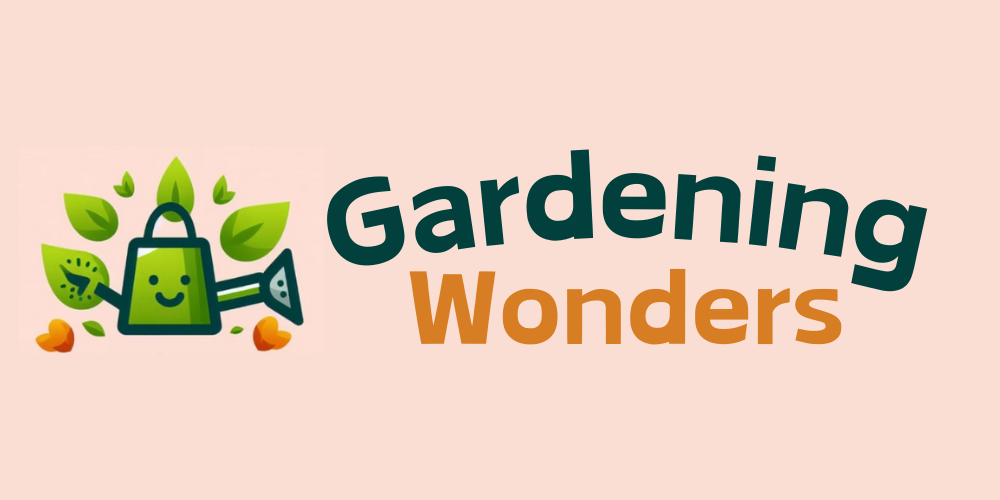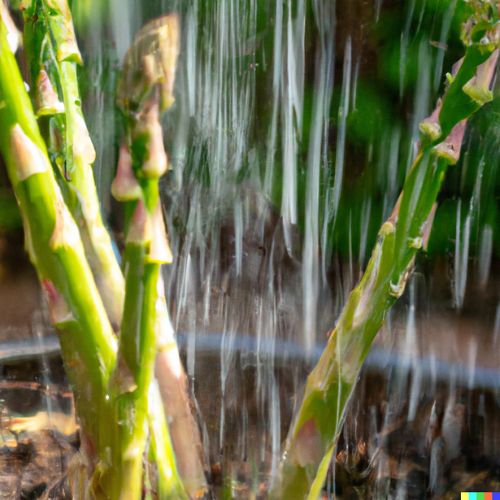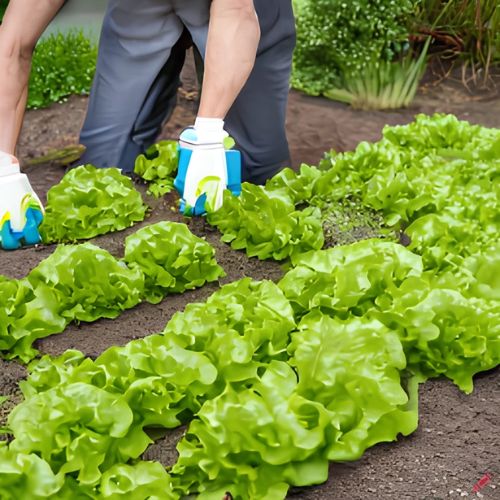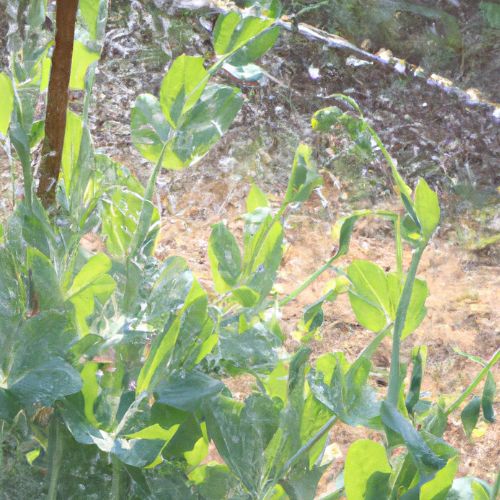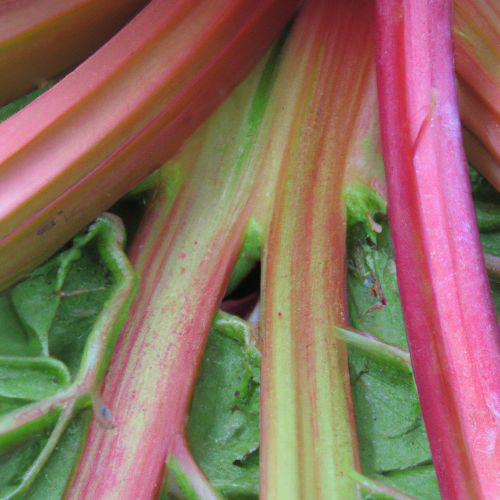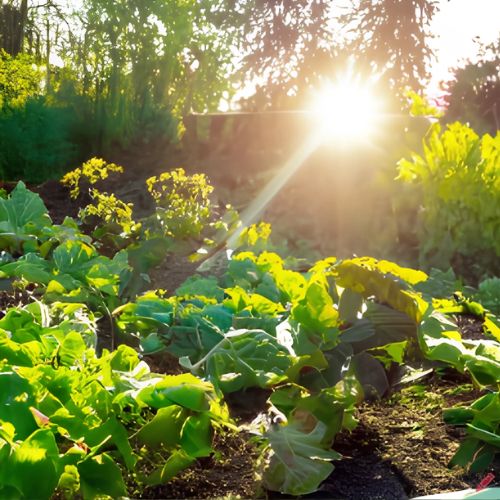Top vegetables to inaugurate the Spring Garden.
- Asparagus
- Lettuce
- Peas
- Rhubarb
- Spinach
- Beets
By Erika Rosi | Updated on April 3, 2023
At the beginning of spring, the temperature may seem too cold and the soil too wet for many vegetables, yet there are some that can be grown at this time.
Furthermore, planting now means having less to deal with insects and diseases: in short, this is a perfect time to start gardening.
Here are the 6 vegetables that can begin the planting season.
Asparagus
Seeing the first tender asparagus spears shaped like pencils sprouting in the garden is a spring ritual.
Asparagus is a perennial vegetable, meaning you can plant it once and harvest it for many years to come.
It’s a plant that needs space, but in return, you can count on excellent yields every year, with a harvest that can last for months.
Sun exposure
Full Sun
Soil needs
Sandy, clayey
Ready to start growing? buy Asparagus seeds online by clicking here
Lettuce
The cool and moist spring climate is the perfect time to grow lettuce: there are hundreds of varieties of this vegetable.
Romaine and Butterhead lettuce is the most cold-resistant varieties.
Although heat, drought stress, and longer rest days can cause lettuce to close, if you’re lucky, you’ll have time for two or consecutive harvests.
Choose varieties with different maturation rates for continuous harvesting and remember that to protect lettuce in case of frost, it’s best to cover the garden with insulating sheets or blankets, which you can find at any garden center.
These covers will help you in the short term, but if the frost continues for days, you could lose the harvest.
Sun exposure
Partial shade
Soil needs
Rich and modified soil
Peas
Peas planted in April quickly catch up to those planted in March. This is because this plant doesn’t like cold temperatures and grows better in the heat.
There are also different varieties of peas. Remember to use a trellis to support the plant and make harvesting easier.
You can also develop additional plantings in early May or varieties of plants with different maturity rates to extend the harvest.
Sun exposure
Partial shade
Soil needs
Vary depending on the variety
Rhubarb
Rhubarb is a vegetable that can be used as a fruit – think of rhubarb pie, not very common but appreciated by the most passionate – and is the first sweet fruit of the season.
It’s easy to grow, and once you’ve established your bed, you can expect a nice rhubarb harvest every spring, even for decades.
Plant it at the beginning of spring and remove the flower stems the first year to allow the plant to develop. And so the harvest can begin in the second year after the plant has become well established.
Every five years or so, you should dig up the clump and divide it. Splitting is best done in early spring as soon as the soil warms enough to work it and before new tender shoots emerge. This division breathes new life into the plant.
Important: The leafy part of the rhubarb is toxic to humans and animals. Be careful!
Sun exposure
Full Sun
Soil needs
Rich and modified soil
Spinach
Spinach should be grown when the weather is still cool. Spinach grows very quickly and you don’t have to wait long to be able to harvest and enjoy it.
To extend the harvest, you can plant new spinach directly in the ground every week or two until the last average frost date.
Use different varieties to promote successive plantings. And remember: keeping the plants well watered will help the plant grow at the right pace.
The positive aspect of spinach: it can also grow in the shade of crops so you don’t necessarily need a too sunny area to grow them.
Sun exposure
Full Sun to Partial Shade
Soil needs
Fertile and well-draining soil with neutral pH
Beets
Beet seeds can be planted about a month before the last frost in spring. Beets are semi-hardy vegetables, which means they can survive repeated light frosts.
Beets grown from seed take about 7-10 weeks to mature, but you can start with seedlings to plant directly in the garden.
Beets love lots of sun and constant moisture. Avoid crowding the plants to allow for air circulation.
Sun exposure
Full Sun to Partial Shade
Soil needs
Light, sandy, well-drained
How to have a long-lasting productive garden?
Keep harvesting: many plants, otherwise, will stop producing new vegetables if the existing ones are left on the plants.
Water regularly: vegetables don’t just need water; they also need regular and consistent watering. Irregular irrigation can cause problems and diseases such as rot and cracking, and can often make vegetables bitter. Allowing plants to dry out will stress the plant and cause them to stop producing and drop all their flowers.
Check for insects and diseases: stop problems while they are small. Plants can defoliate due to fungal diseases and a leafless plant will not produce fruit.
Feed the soil: it is also very important to enrich the soil, especially with nitrogen. But remember: too much nitrogen will encourage leaf growth and inhibit fruit production. Always balance!
Sunlight: make sure the vegetables receive enough sunlight. Sometimes, in mid-summer, there is so much foliage that the sunlight cannot pass through. Most vegetables mature faster in sunlight and produce tastier fruit. Vegetables that grow in the shade of leaves are more susceptible to insects and diseases.
Weeds: weeds will compete with your vegetable plants for water and nutrients, just when they need it the most. So, keep weed growth under control.
Intervals: planting crops at intervals will renew the garden, having new plants ready to replace exhausted plants.
Fall planting: cooler weather and shorter autumn days make it a more ideal planting season than spring, provided an early frost doesn’t ruin everything. When sowing in late summer, plant the seeds a little deeper than you would in spring, to take advantage of cooler soil and moisture. Shading the newly planted seeds and seedlings will help protect them from the summer sun. For this, mulch and taller plants can be used.
